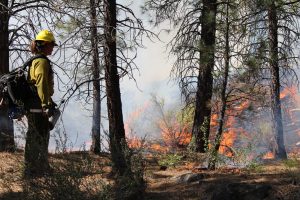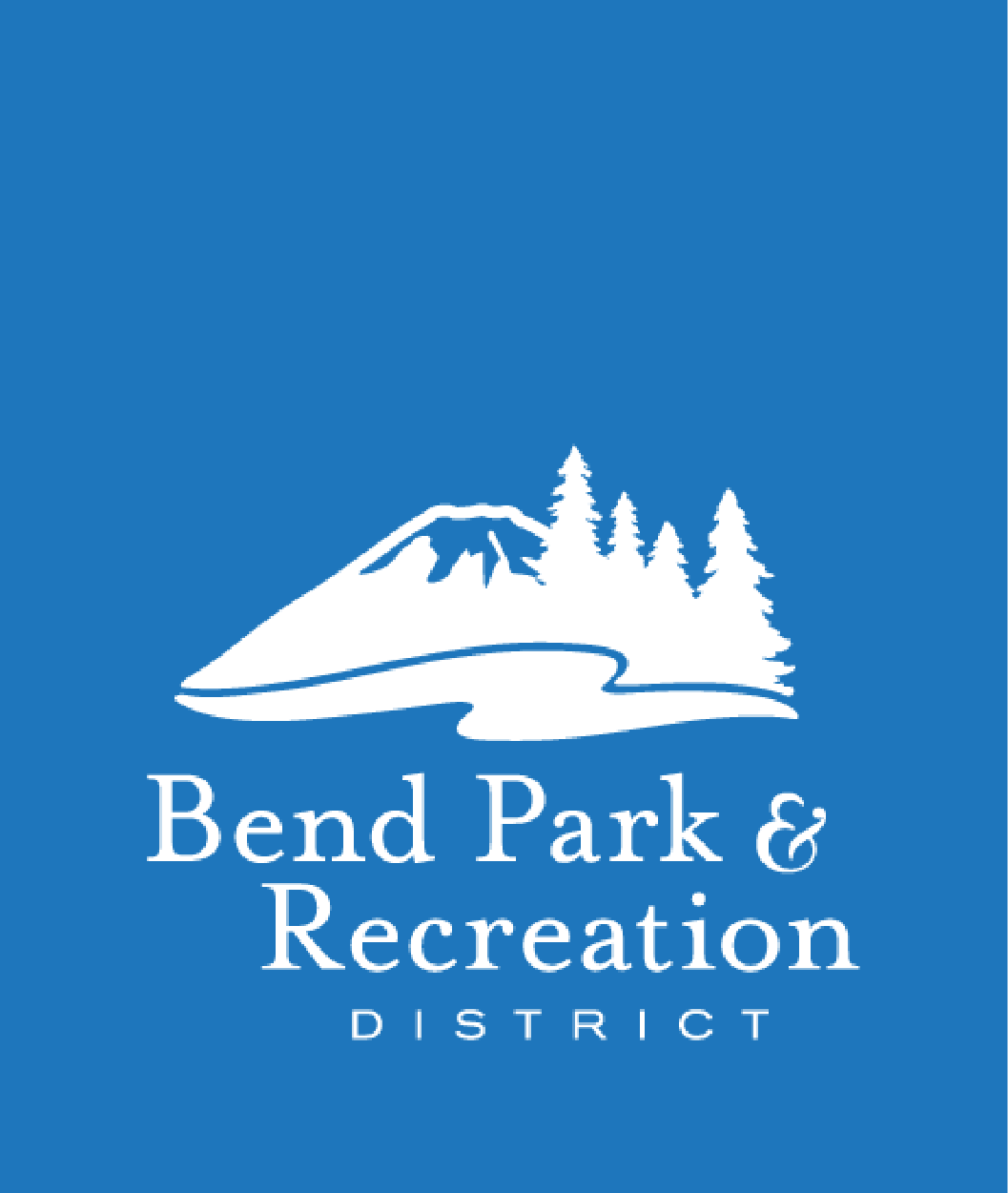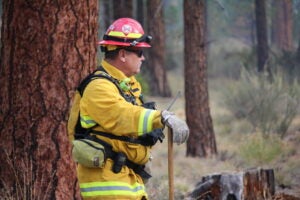North Shevlin Park Wildfire Fuels Reduction Project
In 2022, a 62-acre project occurred in the northeast section of Shevlin Park. This project reduced wildfire risk by removing overstocked tree density on steep terrain. BPRD is currently working with state and federal partners on cross-boundary partnerships to burn the resulting slash piles.
Eastgate Natural Area Fuel Project
In March 2025, BPRD partnered with a local fire mitigation company on a large-scale fuels project at Eastgate Natural Area. The project created a 50-foot fuel break along between park land and private property boundaries.
Shevlin Commons Conservation Easement Fuel Reduction Project
In April 2025, BPRD partnered with a local fire mitigation company to treat the Shevlin Commons Conservation Area between west Bend neighborhoods and Shevlin Park. This project created a 20-foot fuel break against private property as well as breaking up vegetative continuity throughout the easement. The prescription balanced fuel reduction while maintaining habitat for nesting birds, mammals, and critical forage for deer and elk.
Cedarwood Trailhead Fuels Reduction Project
In April 2025, BPRD’s Natural Resources & Trails team worked together to do fuels treatment at the Cedarwood Trailhead in Farewell Bend Park. This project removed junipers, dead and dying trees, as well as brush removal near neighboring property boundaries. Removing vegetation along property lines enhances defensible space as well as allows sunlight into the understory encouraging overall forest health and resiliency.
Forestry Plots at Rose Property
In fall 2024, the Natural Resources division established forestry plots at the Rose Property in southeast Bend. Acquired in summer 2023, the Rose Property is a diverse patchwork of a former surface mine, an active agricultural crop pivot, and a ponderosa forest. To better understand the needs of the ponderosa stand, six permanent plots were installed to determine forest stand health and current stocking levels.
Annual Noxious Weed Treatments
Noxious weed treatment not only removes undesirable weeds from our parks and trails, it is also a large component of fuel reduction. Noxious weeds create unknowns that make fire unpredictable, making it harder for fire fighters to contain and suppress an outbreak. BPRD is committed to monitoring and treating noxious weeds throughout the district. To learn more, visit https://www.bendparksandrec.org/about/maintenance/integrated-pest-management/.
Heart of Oregon Corp Fine Fuels Project
BPRD collaborates annually with Heart of Oregon Corp, a local youth conservation corps, to treat fine fuels throughout many neighborhood parks. Fine fuels mitigation is an important part of fuel mitigation as they can ignite easily and contribute to fire or ember spread during wildfire. Prescriptions and locations are determined by regular neighborhood park and natural area fuel assessments performed by BPRD’s Natural Resources team.
 Central Oregon is a fire-adapted landscape
Central Oregon is a fire-adapted landscape




